Bees are at high risk of extinction learn how to help them

The loss of their habitat, climate change, urban sprawl and fires is rapidly affecting the loss of the global bee population.
We can help by planting local and native plants they are much easier to take care of, since they have the appropriate climate for your region and their flowers will give them food. Does not use pesticides.
Facilitates water they needs it to carry out its functions as honey producers. You can have a small fountain, pond, and if you want to help drink, leave some little sticks floating in it.
Approximately 75% of human food crops depend in one way or another on pollination. There are many types of pollinators other than bees, but they are the most efficient insects for this function. If the bees become extinct, they will cause a worldwide food crisis.


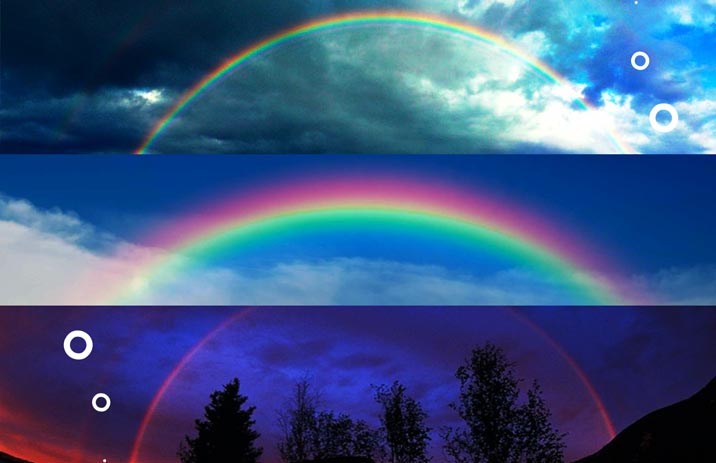

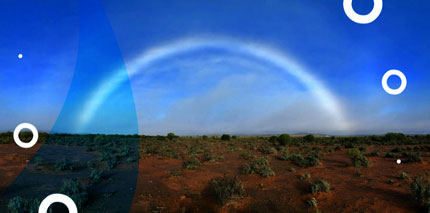
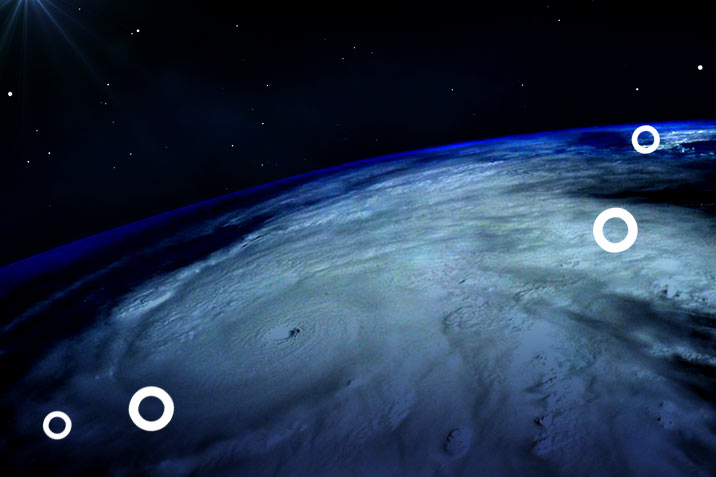

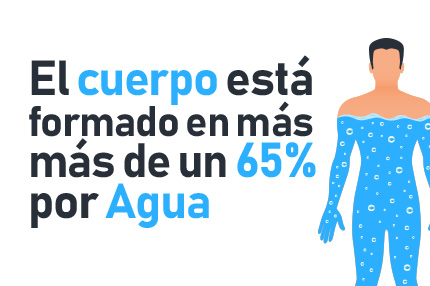
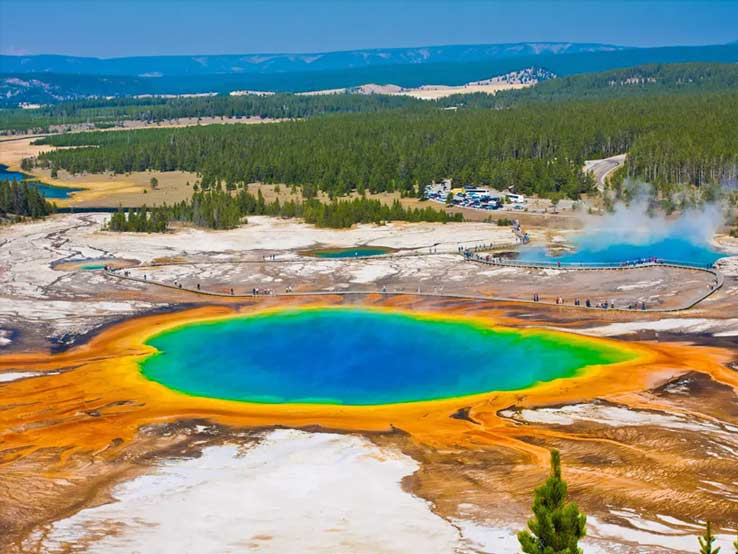
Comentarios recientes